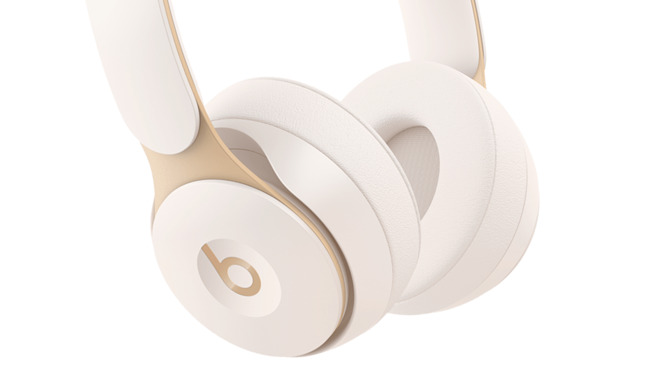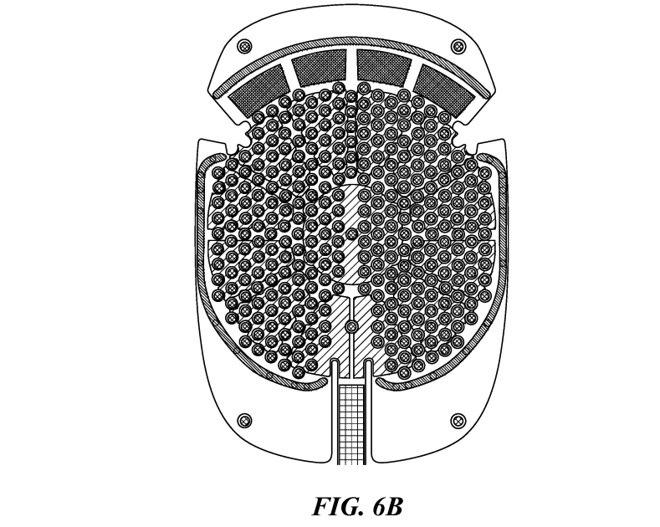
Rumors of an over-ear stablemate to the AirPods and AirPods Pro have circulated for a while, but outside of Apple’s ownership of Beats, it has yet to release over-ear audio accessories so far. While the rumors point to a potentially premium-quality experience, Apple may use it as an opportunity to introduce new features.
Current over-ear headphones typically rely on using buttons to manage music playback, including seeking through songs, skipping tracks, volume control, power, and other elements. It is feasible for there to be touch-sensitive controls on the sides of the earcups, but due to not being able to see them while wearing the headphones nor receiving any tactile feedback that communicates the user’s on the right button, it typically makes the option problematic.
While buttons could be replaced by a series of gestures on a touch surface as a possible way to fix the problem, there is still the issue of making sure the user wears the headphones conventionally. As gestures typically rely on the orientation of the surface to be a specific way, angling it differently to what it expects could lead to gestures failing to be interpreted correctly.
Demonstrating a gesture on an unusually-worn pair of headphones
In a patent published by the US Patent and Trademark Office on Tuesday, the filing for “Detection of headphone rotation” deals with the issue of determining how the user is actually wearing the headphones. It takes into account conventional usage when the headband is at the top of the head, as well as if the band is further forward or back for comfort, around the back of the head, or downwards around the back of the neck.
Apple’s solution is to determine the presence of the user’s ear, and then to work out the headphones’ orientation. Alongside the expected touch panels on the outside of the earcups and control circuitry inside, there are also a plurality of sensors that are used to measure the ear in different ways.
In one form, the inside of the ear is covered with proximity sensors and capacity proximity sensors, which either come into contact with the edges of the ear or get very close to them. By detecting the shape of the ear, this can inform the headphones its orientation relative to the ear itself, and to adjust its interpretation of touch gestures to fit.




An example of an earpiece covered with capacitive proximity sensors
Other sensors could also be used, such as optical sensors and structured light sensors, which effectively perform the same thing as the proximity sensors.
Apple files numerous patent applications on a weekly basis, but while the filings are indicative of areas where Apple’s research teams are working, they do not guarantee such a product will become available in the future.
Previous patent filings have dealt with the presence of the ear, but for slightly less involved purposes. Some filings have included orientation detection, but for determining whether the user has worn the headphones correctly or the wrong way, in which case the headphones can switch the outputs for the left and right channels to match. Similar usage of capacitive arrays have also been proposed.
Other related personal audio patents include some where the headphone can turn into a speaker, produce a better sound using embedded pressure sensors, and health monitoring features.
The inventors are listed as Brooke L. Bunney and Jonathan R. Peterson.
Bunney is a hardware system integrator at Apple, who is connected to a few patents relating to headphone orientation. Peterson was a hardware engineering manager at Apple until 2017, and now works at Facebook Reality Labs. Peterson’s work was on the audio products hardware team.